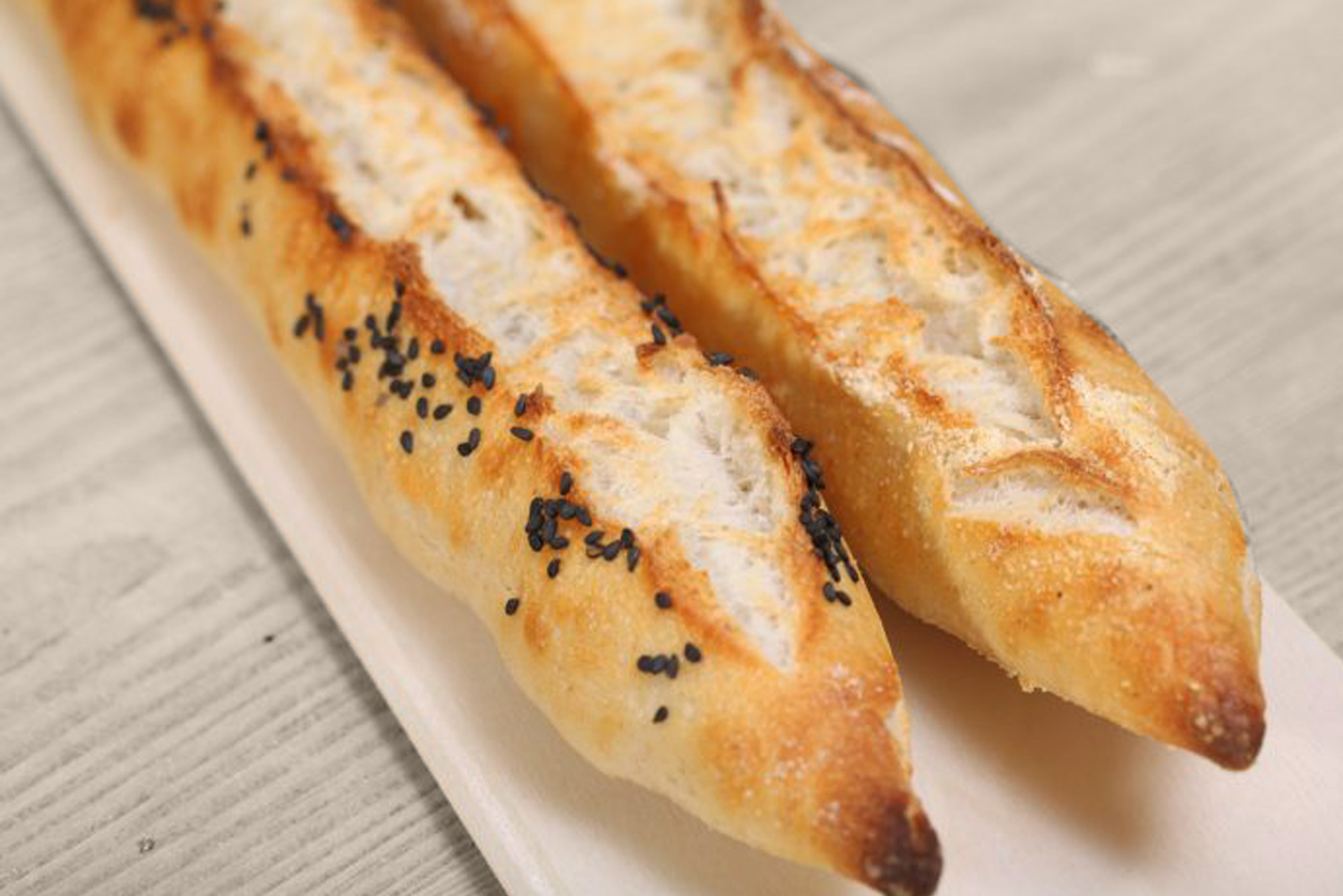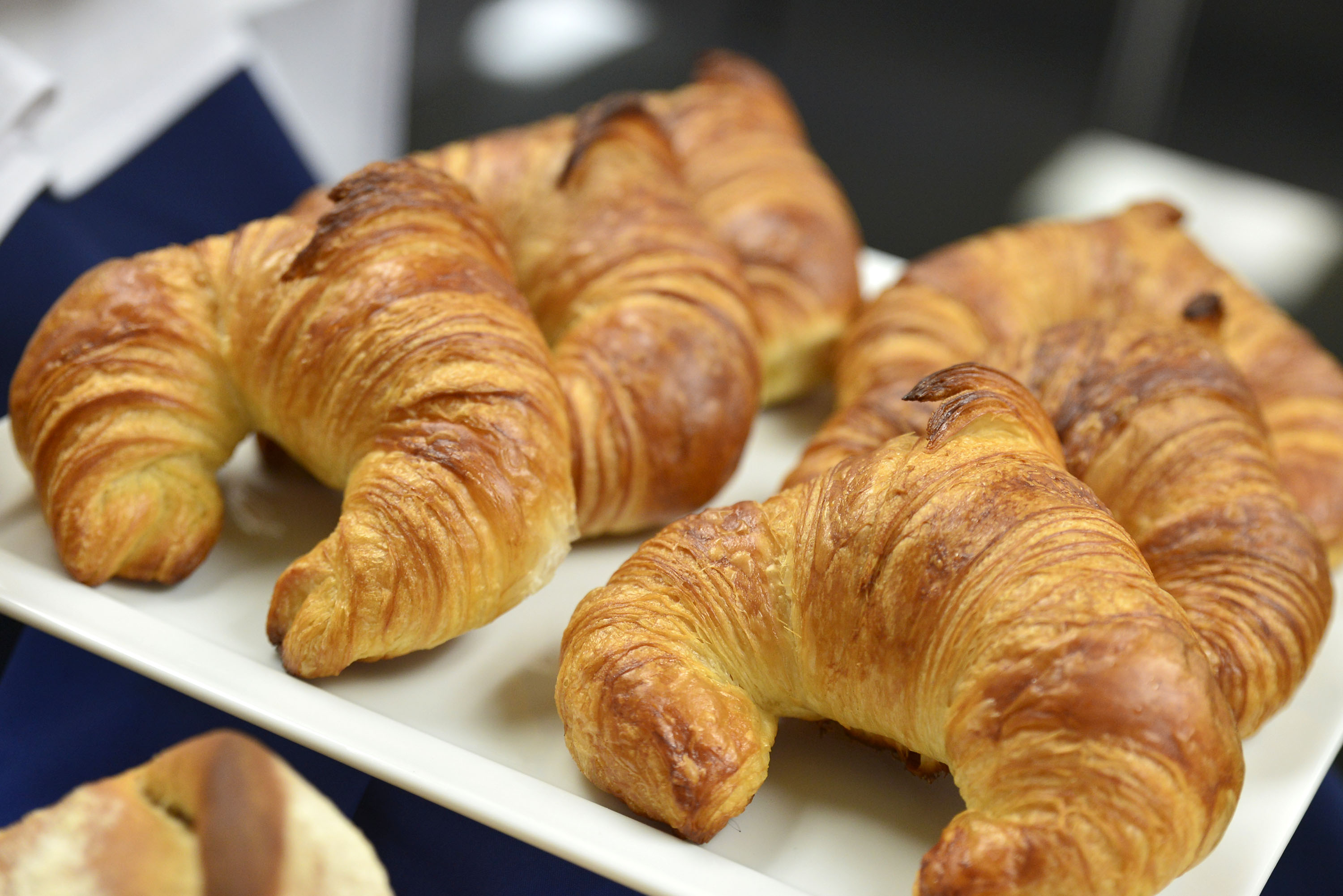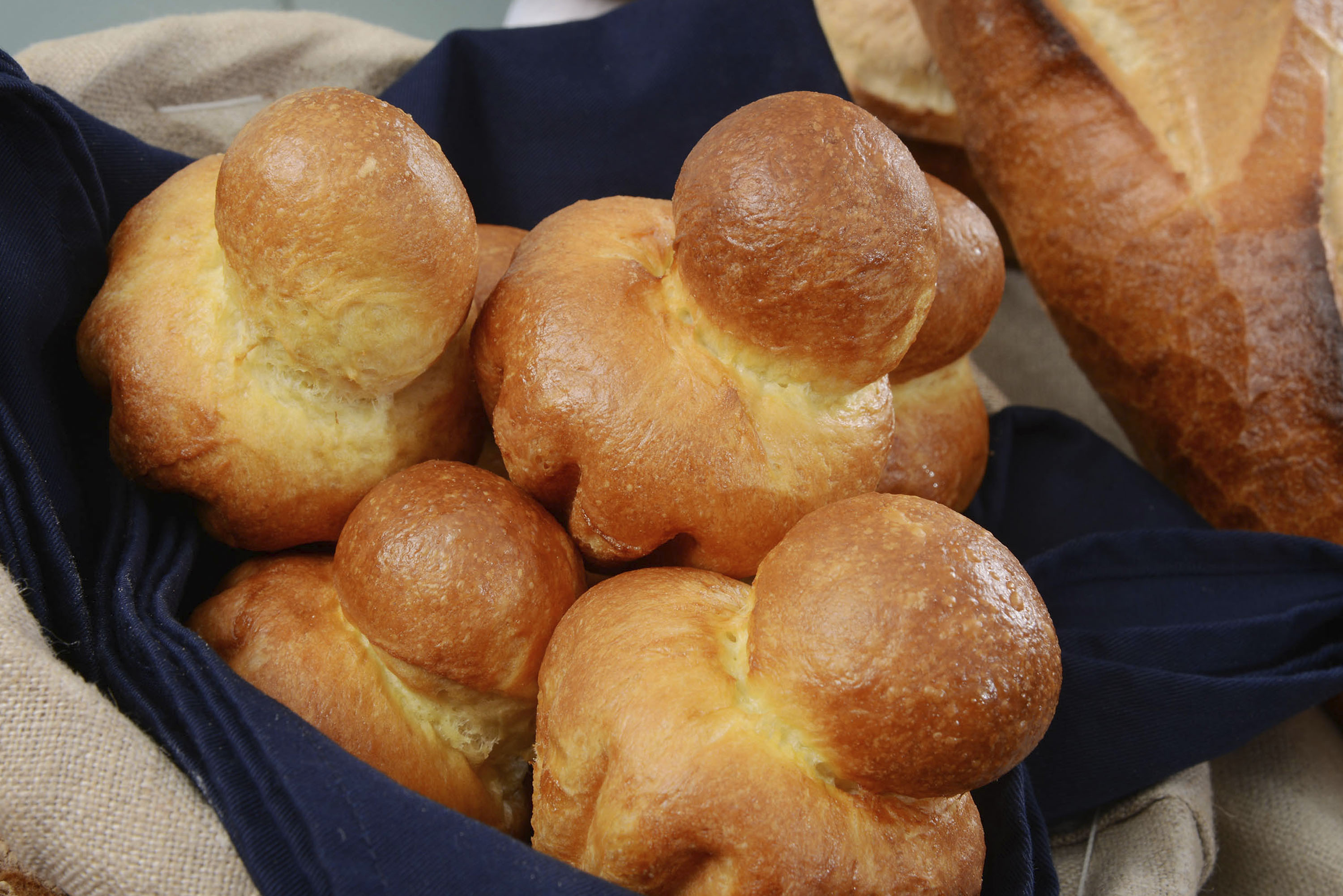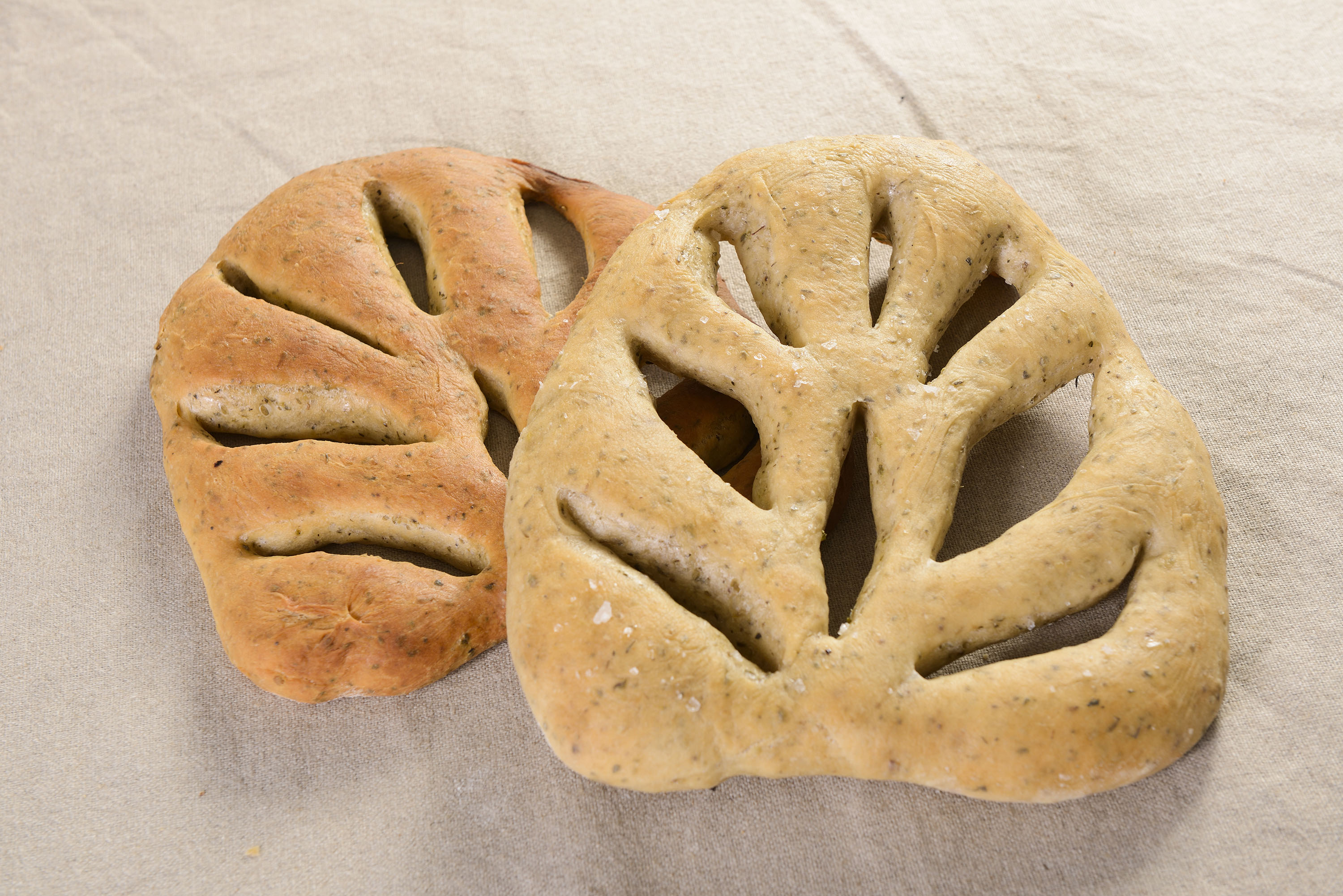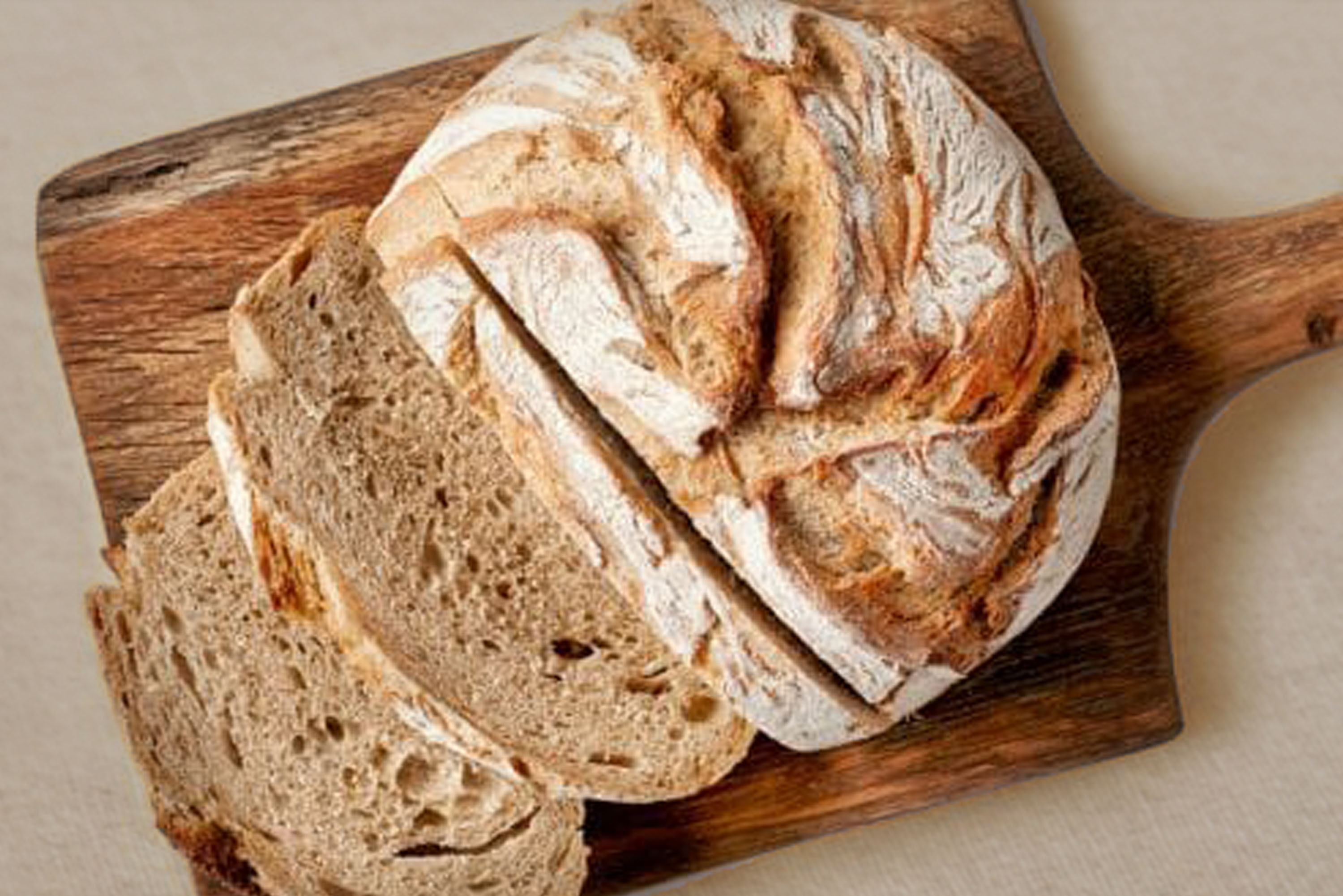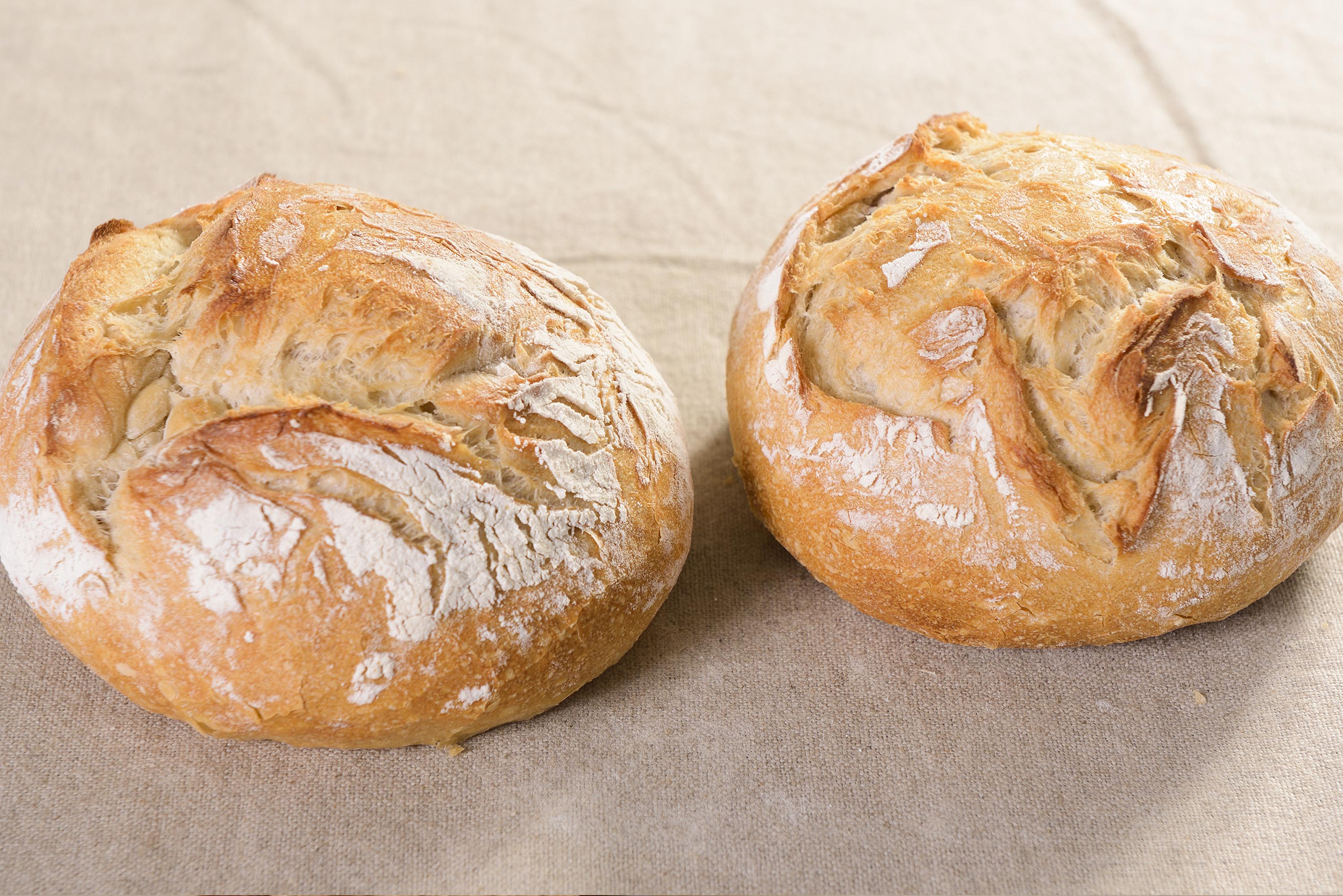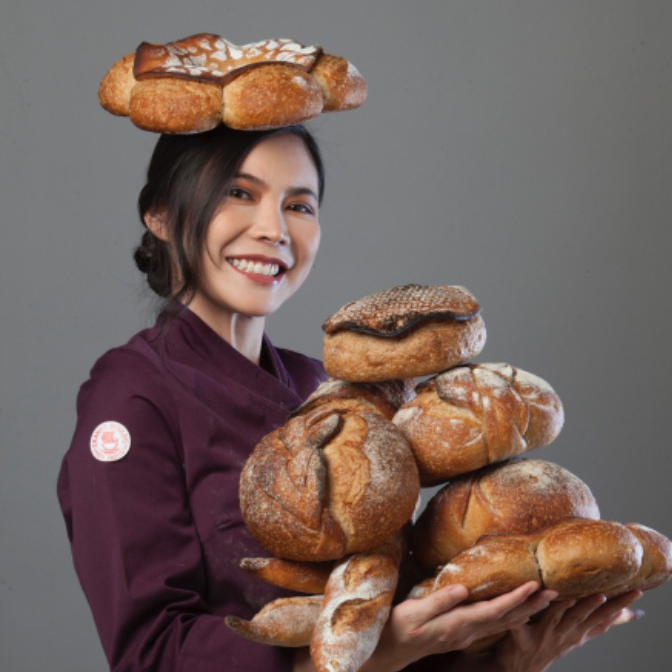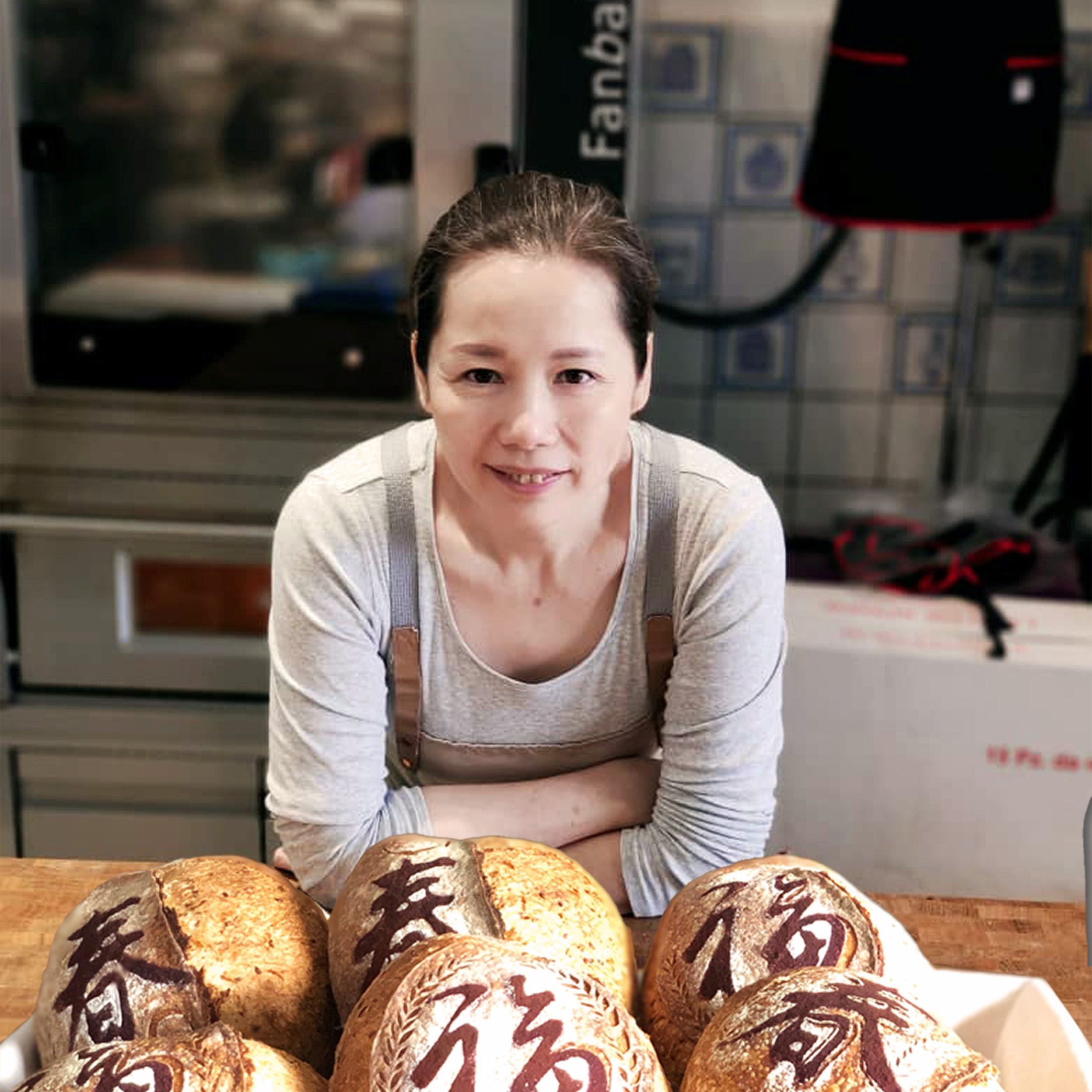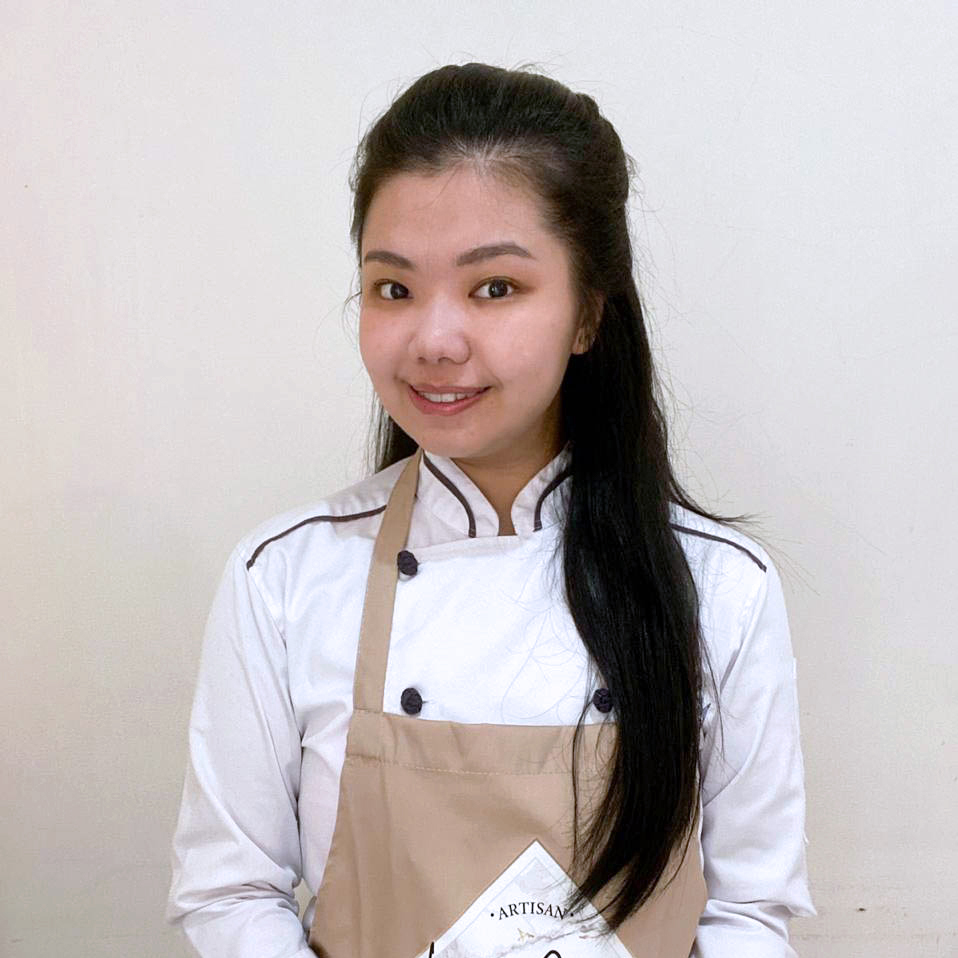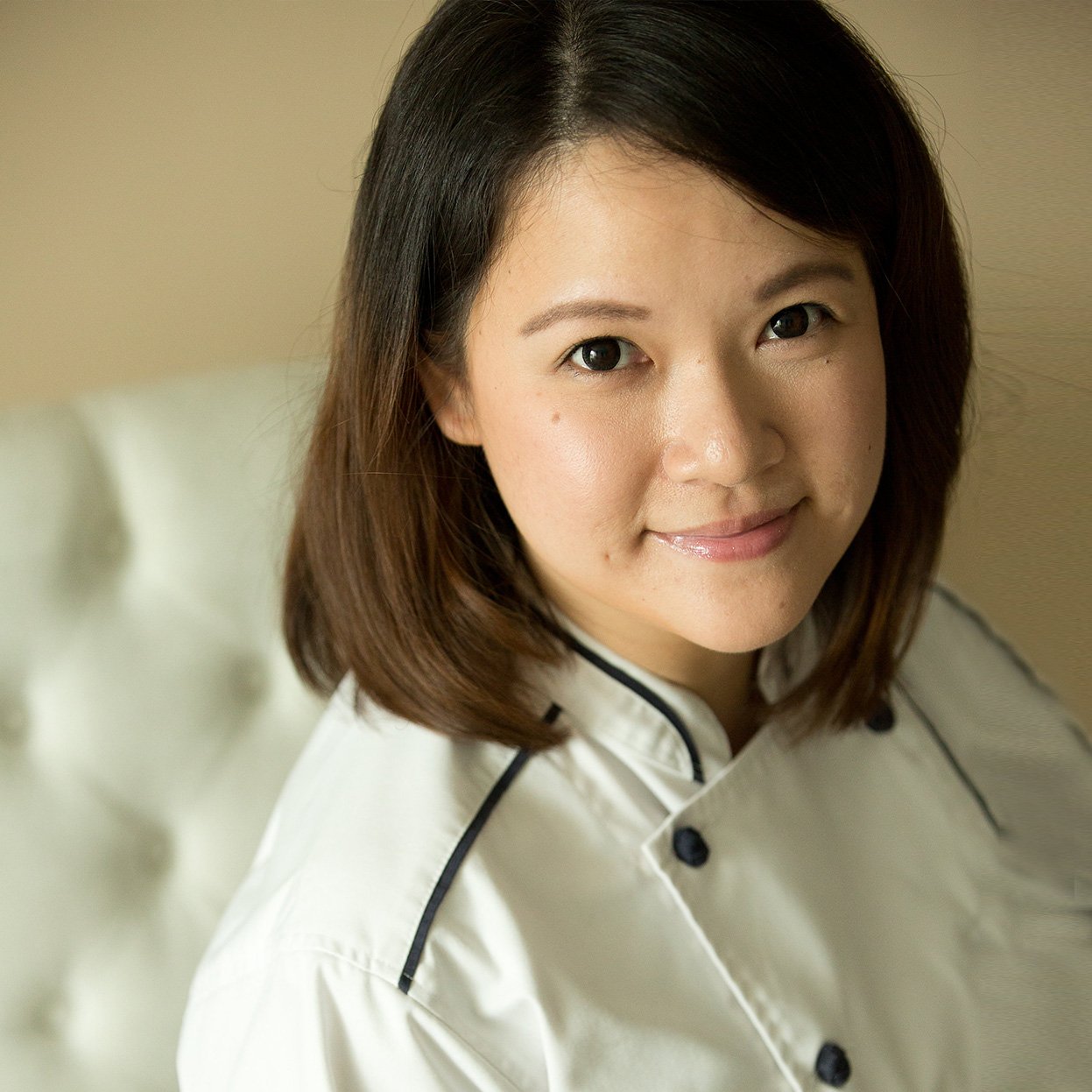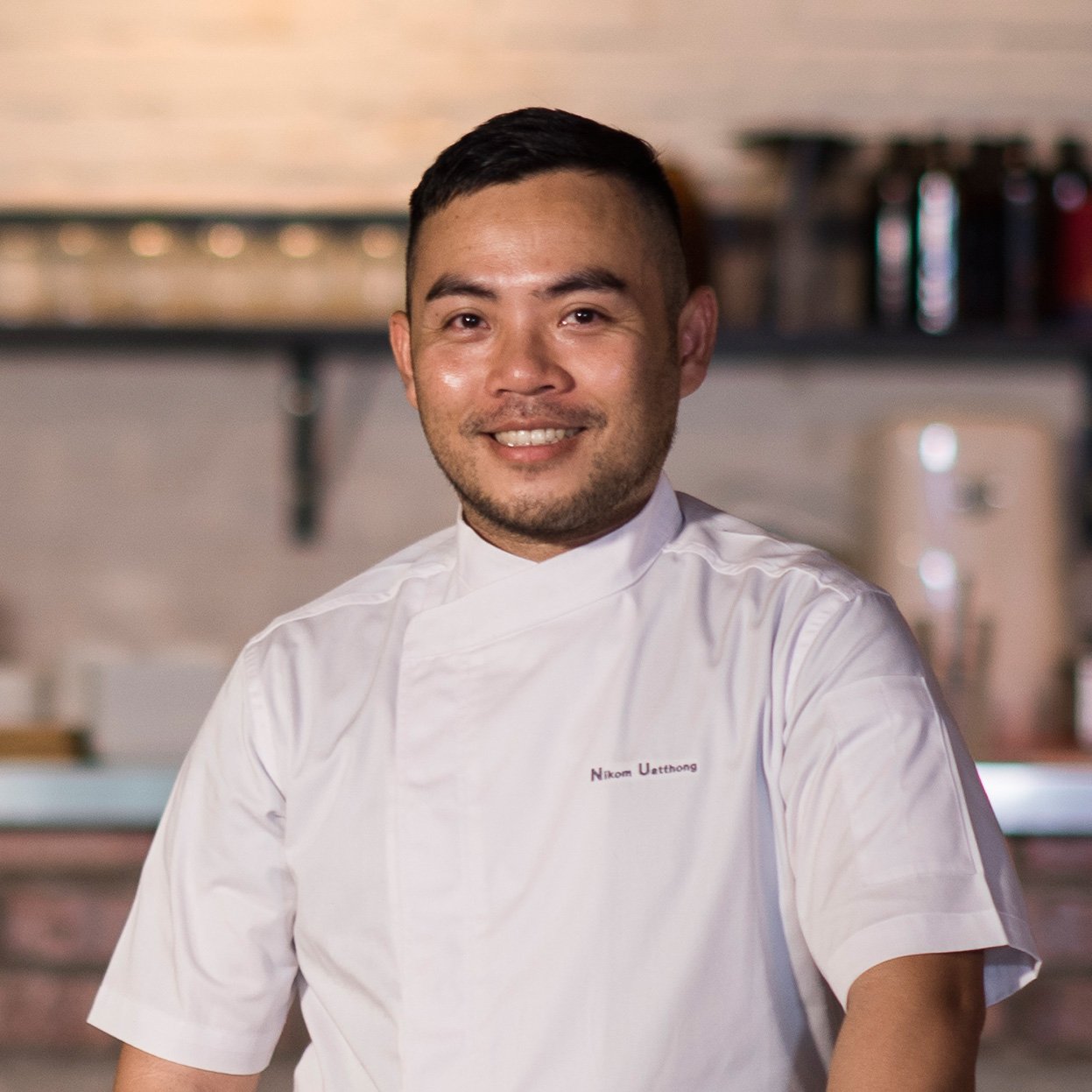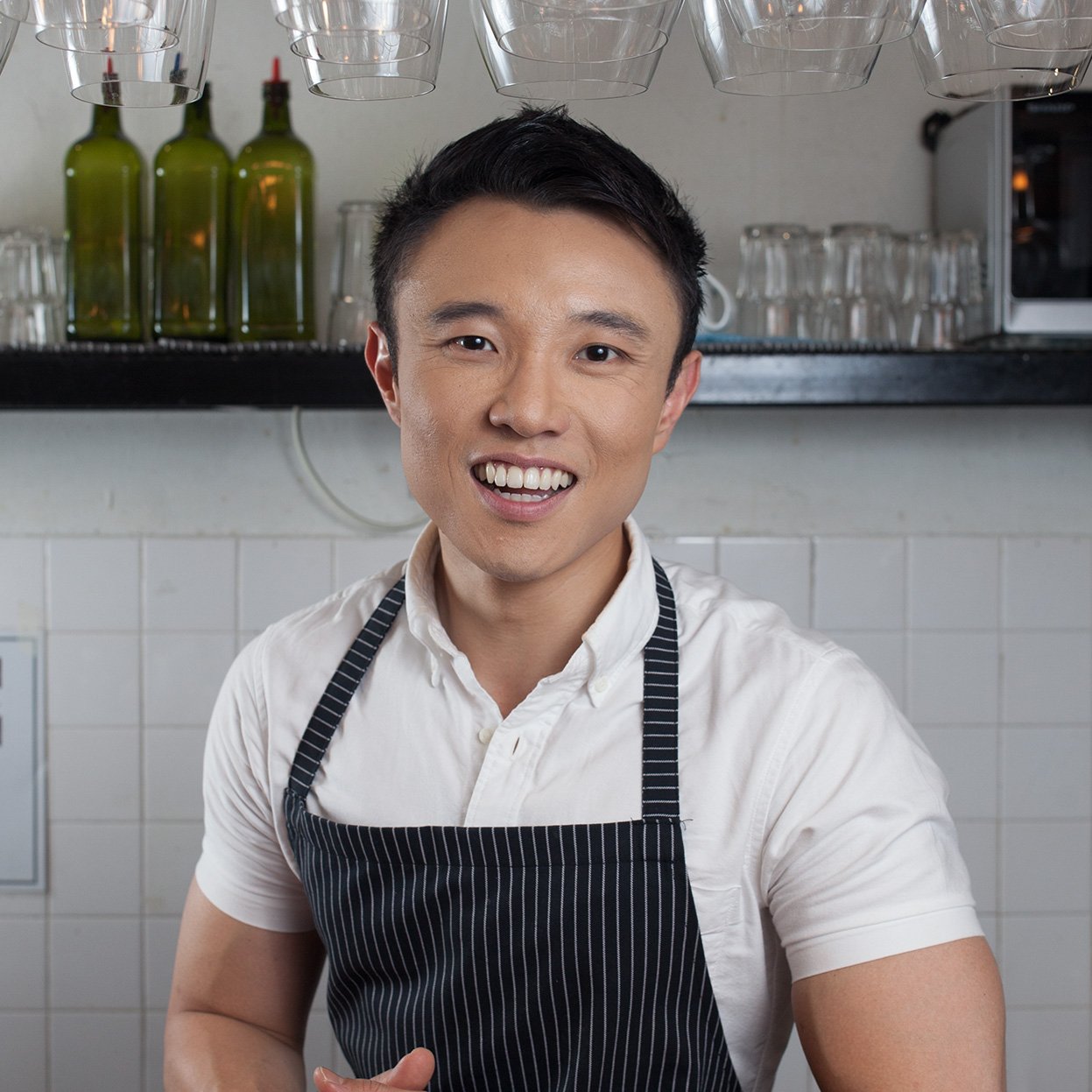Quick Guide to
French Bread
le cordon bleu malaysia
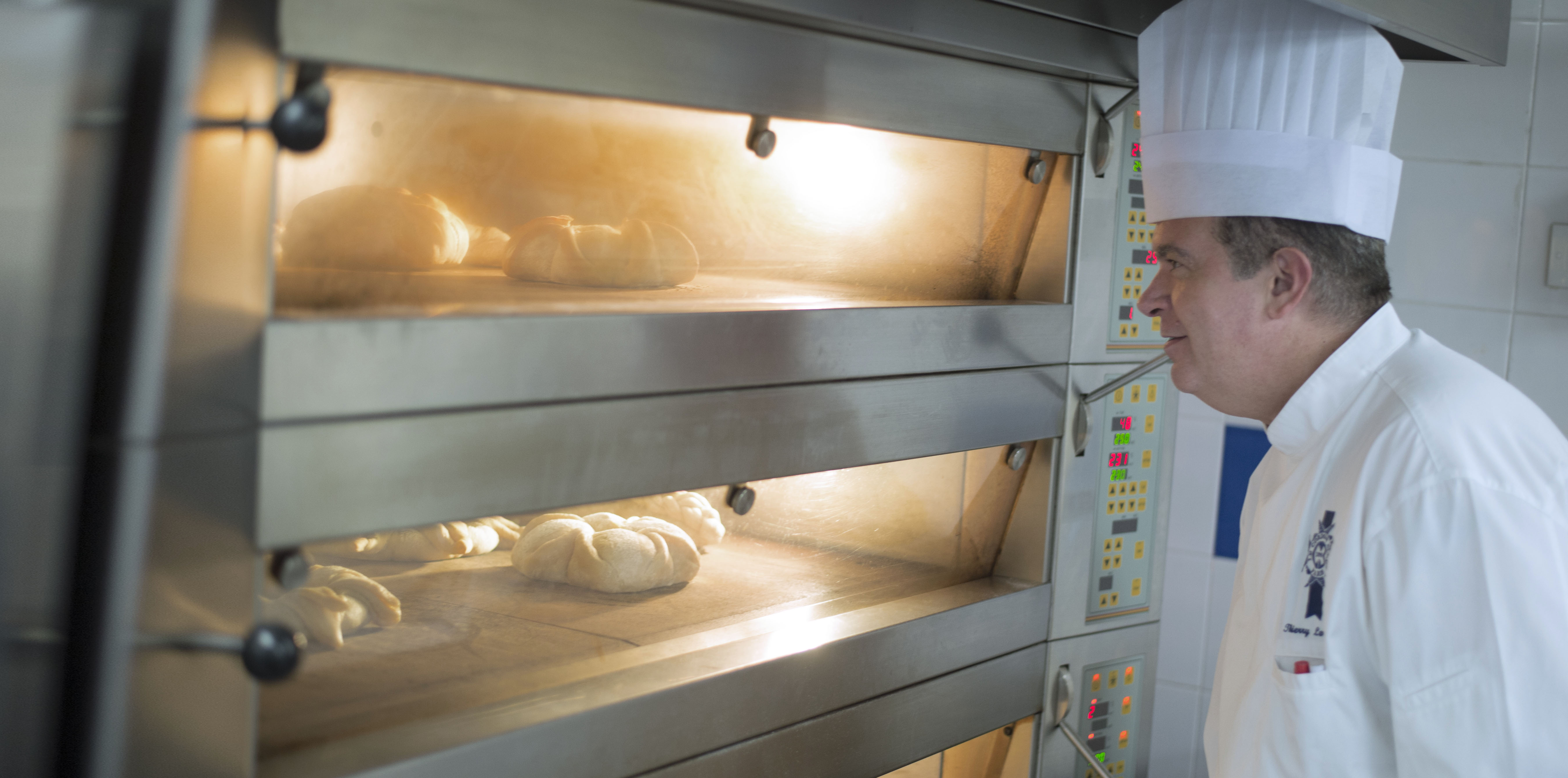
“Man shall not live by bread alone…” but in France, apparently they do, and certainly, a number of European countries share the same love for this simple, yet nourishing loaf.
In France, often dubbed the Capital of Bread, bread-making is not just a commercial venture but an art in itself, deeply steeped in tradition and culinary history with actual laws regulated by the French Government.
The lack of bread for the poor was said to be one of the many reasons that contributed to the French Revolution, fuelling dissatisfaction and anger towards the monarchy back then. Stemming from this event, the post-Revolution government ruled in 1793 that “There will no longer be a bread of wheat for the rich and a bread of bran for the poor. All bakers will be held, under the penalty of imprisonment, to make only one type of bread: The Bread of Equality.”
Based on various laws on making bread over the last century, the 1993 le Décret Pain French decree states that traditional French bread must be made only from four main ingredients - good quality water, salt, a rising agent and wheat flour containing no more than 2.8% (in total weight) of bean, soya or malted wheat flours.
Probably one of the most recognisable French breads in the world is the long, thin French baguette. There are numerous stories detailing the origin of the French baguette, one of them claiming that it was Napoleon himself who ordered the bread to be specially fashioned into longer loaves so that his soldiers could easily fit them into a special pocket of their uniform! Made from basic lean dough with a crisp crust and slightly chewy inside, the traditional French baguette is about 65cm long and often used for sandwiches.
Among the other common types of French breads are:



